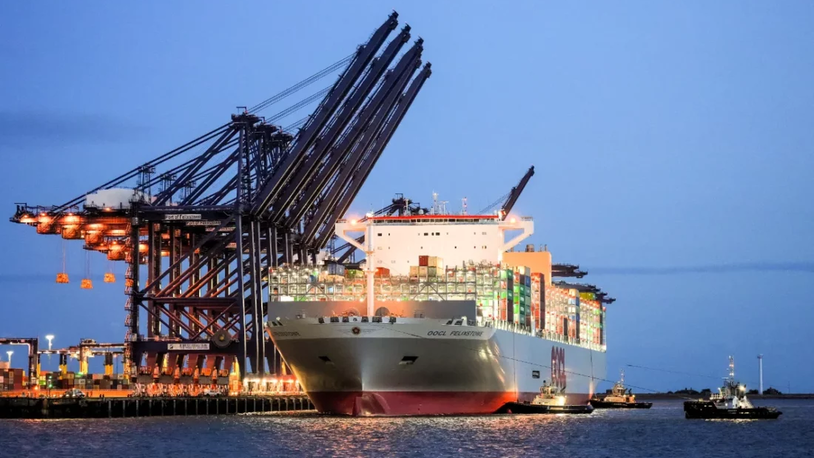The Yangtze River Estuary, the Wusong VTS Center in China recently issued a notice to adjust and optimize the channel alignment and route markers for the section between the Jiuduansha Precautionary Area and the S1 buoy in the South Channel of the Yangtze River estuary. The South Waterway at the mouth of the Yangtze River is a major shipping route into several ports along the Yangtze River, including Shanghai Port, and is a water area with constant danger due to heavy ship traffic throughout the year. This adjustment appears to be in an effort to alleviate some of these congestion and risks.
Accordingly, ships planning to sail in the same waters should fully familiarize themselves with the contents of the attached notice and reflect it when formulating a navigation plan to ensure safe navigation.
The following is a summary of the recommendations presented in the notice, so please refer to it.
It is necessary to closely check the latest navigation notices and warnings issued by the maritime authorities, including the Wusong VTS Center, and obtain relevant information from local dealers from time to time if necessary. Don’t rely solely on existing route history or old charts, but be sure to double-check the coordinates of the adjusted route markers and route boundaries. In addition, the chart must be updated immediately to reflect the announced coordinate changes, and the latest data must be reflected in ECDIS and electronic charts. The changed route boundary should be diagrammed on the chart so that the navigator on duty can fully recognize the changes in the route.
During the voyage, you must listen to the designated VHF channels of the Wusong VTS Center at all times and strictly follow the instructions of the authorities. In addition, care should be taken to strengthen vigilance by placing watchmen on missions and bows to prevent collisions with work vessels such as navigation markers and dredgers. At the same time, it is important to maintain a safe speed and ensure sufficient separation from nearby ships. Instead of relying on a single navigation, you should check your location frequently using various methods such as GPS, radar, and visual confirmation.
If the actual location of the route marker is different from the position on the chart, or if there is a possibility of misjudgment of the route boundary, you should immediately slow down to the lowest safe speed and report this situation to the Wusong VTS Center for navigation instructions. Arbitrarily deviating from the course or docking or stopping is prohibited.
In addition, in the event of an emergency such as a collision with another vessel, contact with a structure, stranding, or being unable to steer, the company must report to the Wusong VTS Center without delay and immediately activate the onboard emergency response procedures. In addition, you should immediately contact the shipping company, agent, and P&I correspondent so that the dispatch of local inspectors and consultation support with the authorities can be carried out in a timely manner.





